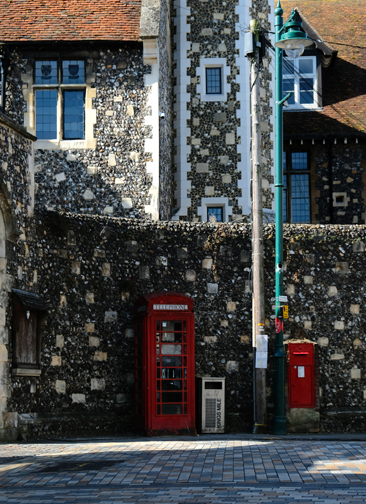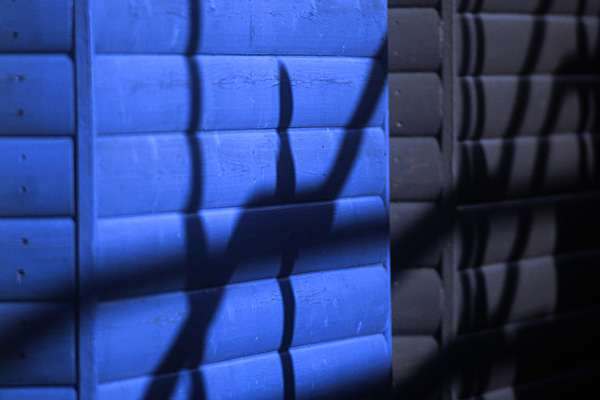In the last post, I began by pondering, “how do you define street photography?”
Since then, I’ve considered at length but have only been left with more questions.
I considered whether street photography is an evolution of documentary, but I don’t think it is. Not all street is documentary, and not all documentary is street, they converge and diverge like overlapping oscillatory wave patterns. If I were to photograph people at a demonstration marching through the city, I’d like to think I was making documentary photographs, but if I turned my back on the marchers to find images of people sitting in a pavement café watching the goings-on, then perhaps I might be indulging in some street photography.
In my previous post, I referred to street as a sub-genre, but maybe that was a little unfair. Modern street photography can certainly trace it’s heritage back to the 1960s with practitioners such as Gary Winogrand and Joel Meyerowitz, and some commentators go back further and label Atget and Doisneau street photographers, but for me, that’s a little early and seems a convenient way of raising the profile of street photography by retrospective attachment to early masters of documentary. If we’re going to label historical images as street, we may as well go all the way back to Daguerre’s 1838 Paris street scene. Sure it’s a street scene, but is it a street photograph? I say no, it predates even the concept of street photography. I’m happy that the street photography timeline starts in the 1960s, probably in New York, and probably with Gary Winogrand. Incidentally, Winogrand himself rejected the term “street photographer”.
But all things are debateable, so settling on Winogrand, mid-sixties, New York as a starting point might, to some, be open to question. Given that street photography is widely accepted as being candid… Lee Friedlander’s “behind the scenes” shot of Winogrand taking his famous image of the couple carrying baby chimpanzees shows Winogrand interacting with the couple, so decidedly not candid, and possibly even posed, so street, or not street? And in truth, does it really matter?
Now, I’m not looking at this through the rose tinted waist-level finder of nostalgia. Despite my generally disparaging comments on the current state, I’m all too aware that there’s always been good and bad… I can’t look at the grotesque, harsh candids sniped by Bruce Gilden, I mean, no-one is going to look at their best when startled by your flashgun popping under their nose are they? And I never understood the need for anyone to use the homeless as high-contrast gritty superfast-film portfolio filler… I find it distasteful and exploitative. But I’m not totally down on “street”, there are some extraordinarily good practitioners making fabulous street images today. I regularly seek out Nick Turpin’s youTube offerings, he has a great eye and an easy style, and he talks through his thought process when looking for an image, constructing and composing until all the elements are in harmony. That old-fashioned “working the scene”. There are gems out there if you look hard enough. Just don’t expect the quality stuff to pop up every other day. The good providers are the ones who care about the images and have the integrity not to water down their output on account of an algorithm that keeps them on page one.

